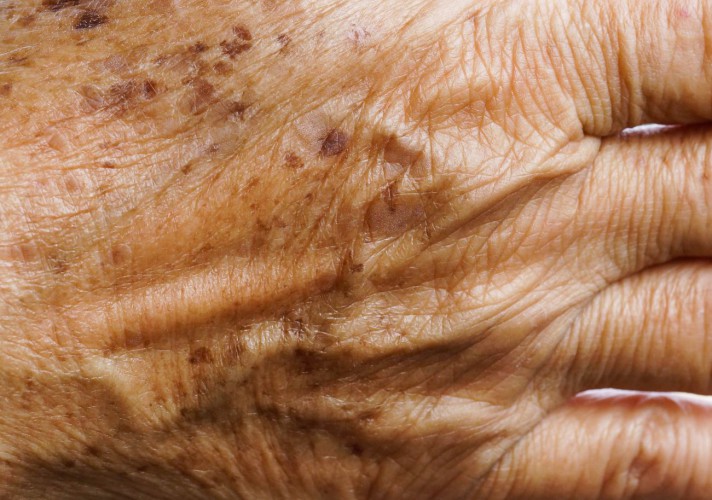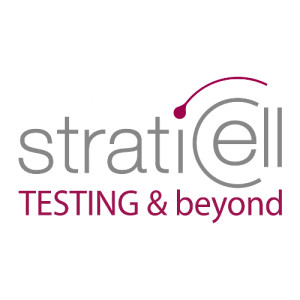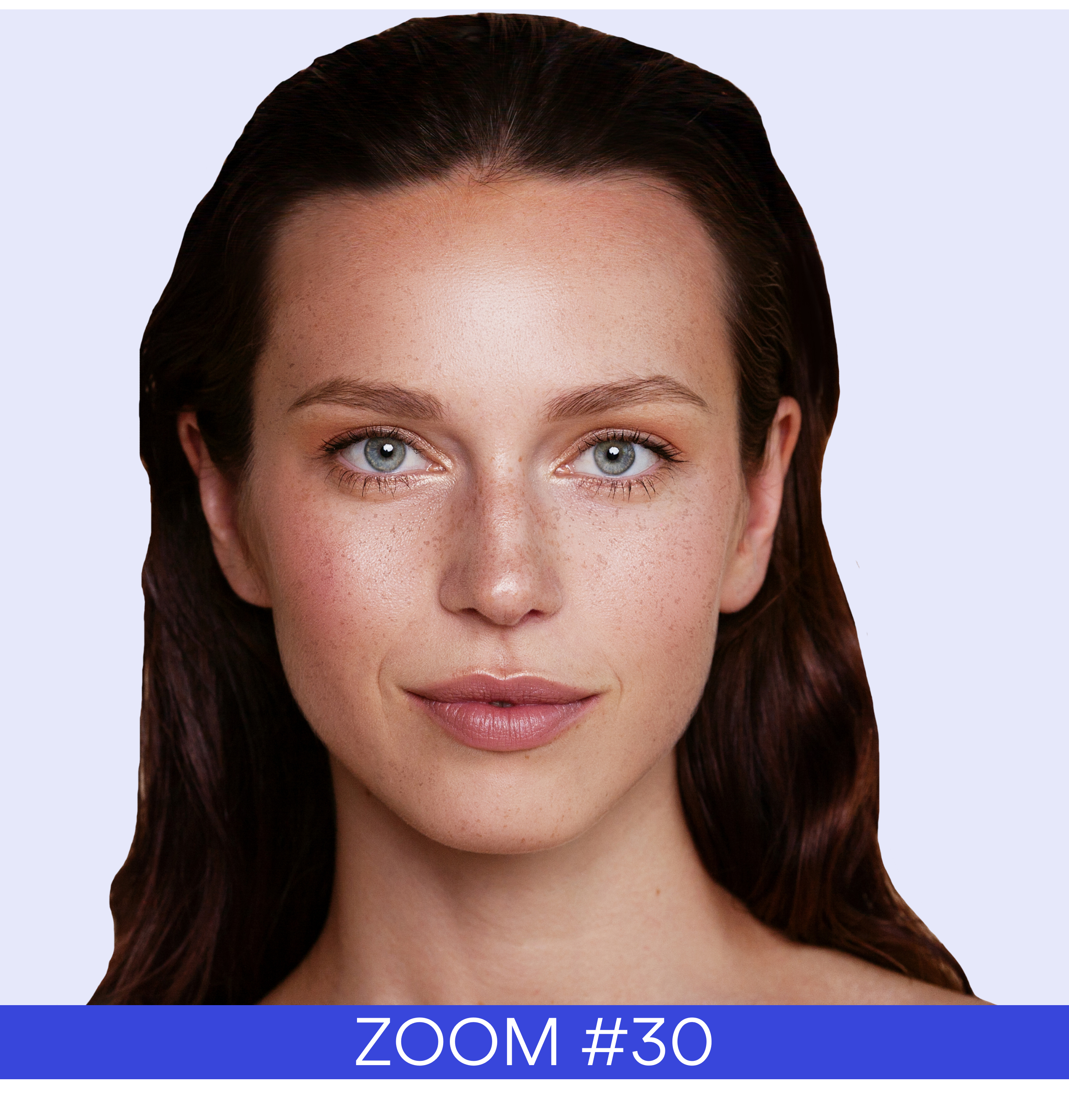Senile lentigo, also called age spots, are brown, grey or black spots located on the skin. They appear on areas of the body frequently exposed to the sun and are generally associated with skin ageing.
StratiCELL has developed a unique in vitro model of age spots based on specific culture conditions with melanogenic growth factors that induce hyperproliferation and hyperpigmentation of the epidermis, showing histological similarity to in vivo observations. This model is a powerful tool for assessing the efficacy of compounds aimed at attenuating age spots.
StratiCELL has adapted the use of dermoscopy, usually dedicated to clinical trials, on in vitro models to macroscopically demonstrate the pigmenting or depigmenting effect of a product on in vitro reconstituted skin. This tool measures the pigmentation of melanized reconstructed epidermis using an exclusive method of color calibration and provides unparalleled high-quality images. The device is associated with a software that collects quantitative data such as the pigmentation index (PI), the individual typological angle (ITA), and the colorimetric contrast (ΔC) of the skin. Parallel measurements can be performed, from same tissues, such as melanin content quantification (sovable), melanin deposition (Fontana-Masson staining) and immunolabelling of specific biomarkers (TYRP1, MART1, etc.).
The skin pigmentation process is more complex than simple melanin synthesis and subject to many regulations. The pigmented skin models of StratiCELL perfectly reproduce the dynamic environments of keratinocytes-melanocytes interactions encountered in vivo. These models include:
- Light to dark skin model with the phototype of your choice (RHE-MEL)
- Age spots skin model (RHE-SL)
- Asian, Caucasian and African skin models
In addition to the functional and macroscopic approaches, a gene expression analysis can be performed to study the mechanisms of action of tested products. StratiCELL has configured thematic qPCR arrays, also called TaqMan Low Density Arrays, to simultaneously study 96 key genes involved in melanogenesis and skin pigmentation. Furthermore, a transcriptome-scale study can also be performed, with the data being appropriately analyzed through a proprietary database focused on skin biology.










 Follow us on Linkedin!
Follow us on Linkedin!
You must be logged in to post a comment.